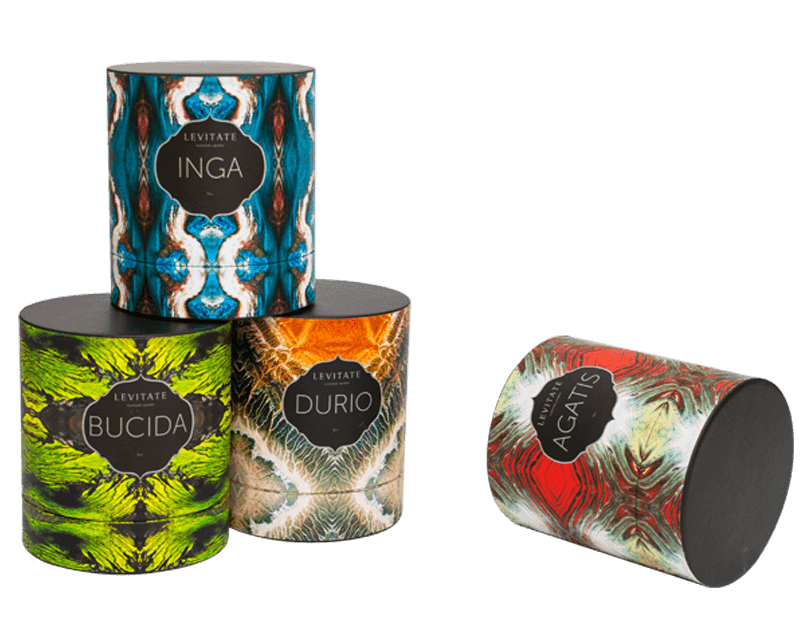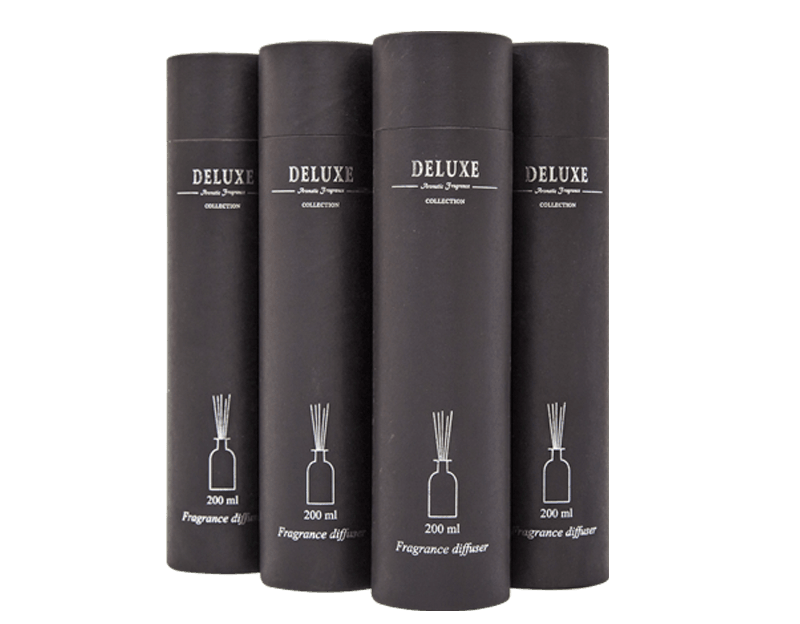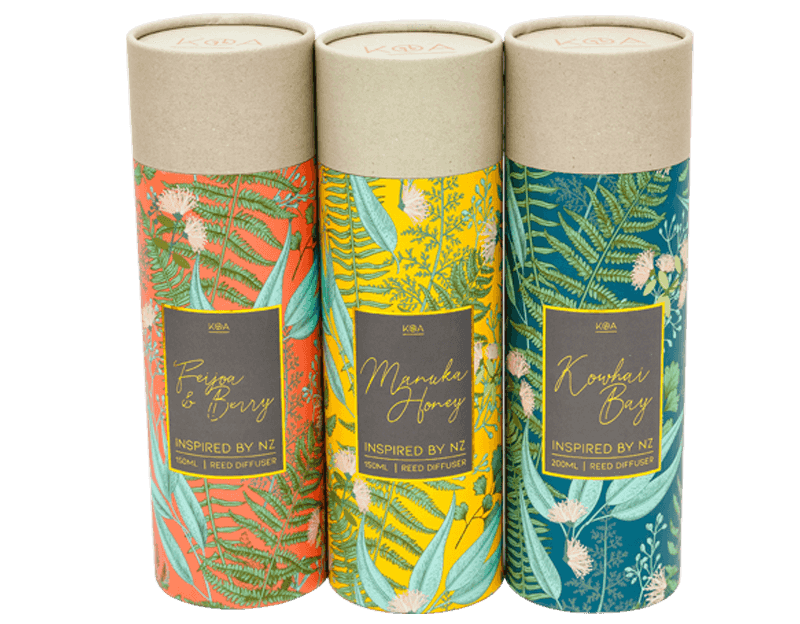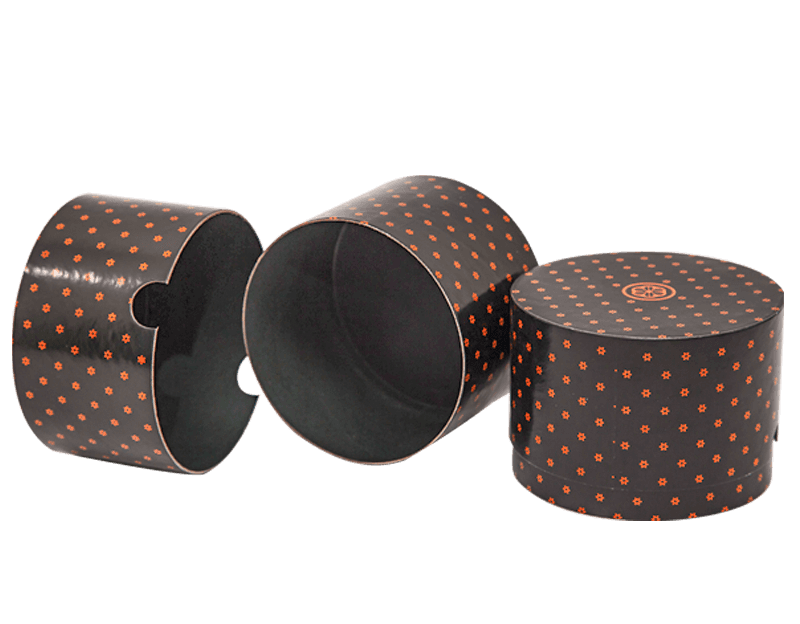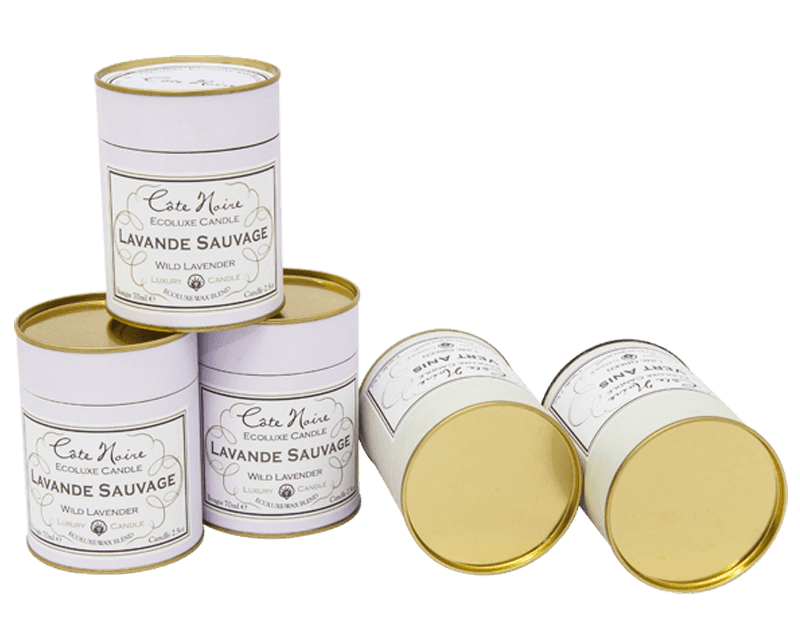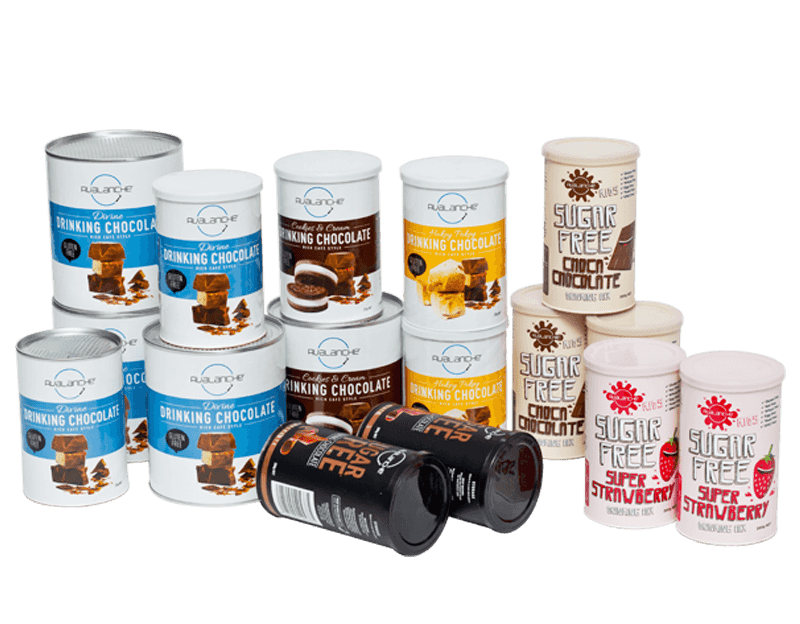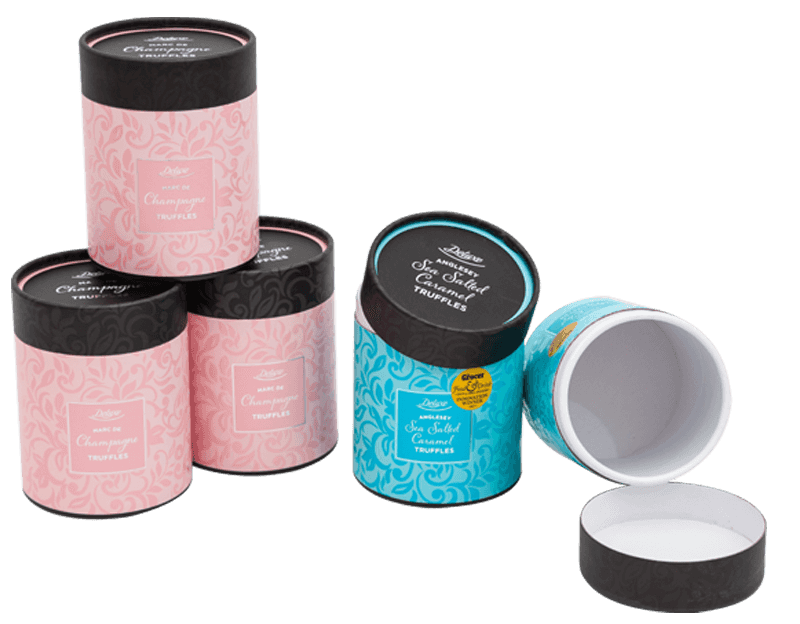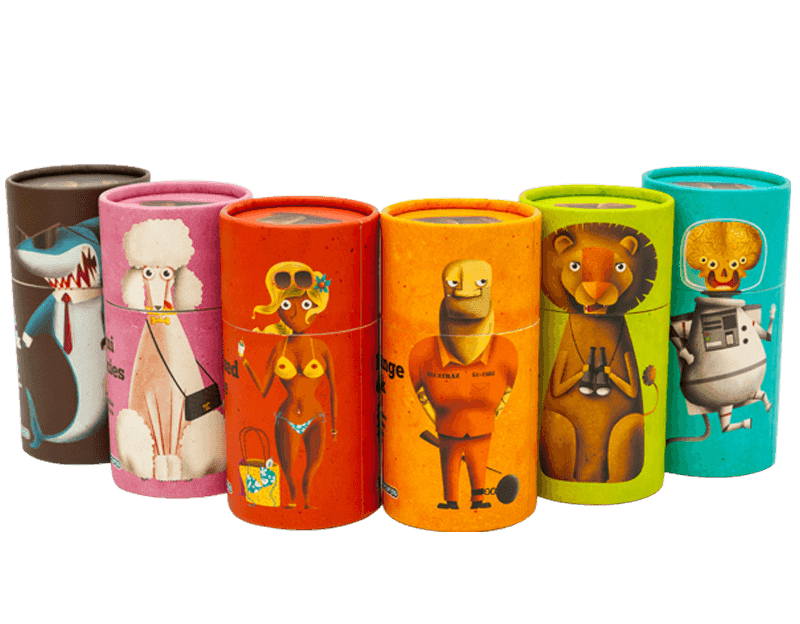As one of the top China cardboard tube packaging manufacturers and paper tube packaging suppliers, we devote all of our efforts to research and launch more high quality packaging products to global market.
Concern around the environmental impact and sustainability of packaging production and disposal now dominates the industry as wider public opinion catches up with political debate about the effect waste is having on our world. Dutch supermarket Ekoplaza launched its first plastic free aisle in February, offering up to 700 plastic free products to choose from, while in the UK retailers like supermarket chain ASDA have announced action to reduce their plastic usage. At a regulatory level, the EU has committed to making 80% of packaging waste recyclable or reusable by 2030, while both the EU and the British Government have announced their intention to ban single-use plastic items such as cotton buds and drinking straws. All of this has of course been magnified by China’s decision to stop taking the rest of the world’s rubbish to recycle.
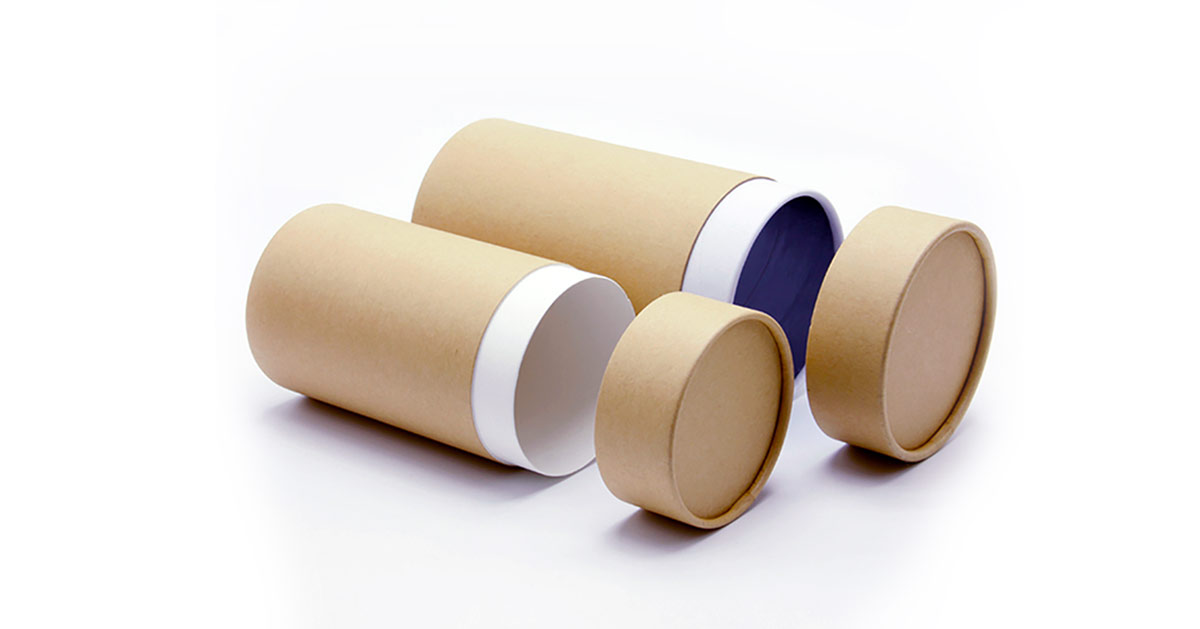
On the face of it this puts paper in a strong position to continue to grow as the packing material of choice and be the obvious replacement for all the plastic being removed from the supply chain. After all, many paper-based products can be recycled up to seven times. But paper still needs to prove its green credentials when it comes to both the production of products and the recycling and disposal of the huge amount of carboard and paper we consume.
Together the top 15 nations consumed over 301 million metric tons of paper and cardboard products in 2016. China consumed over 106 million metric tons alone, while the US used almost 71 million metric tons. However, the United States consumed much larger volumes per person at 229 kilograms per capita, while China used about 74 kilograms per capita. In terms of usage, the rest of the world trails in comparison to China and the US, with Japan consuming almost 26.5 million metric tons, Germany using over 20.5 million metric tons and the UK 8.6 million metric tons. By comparison emerging markets are even farther behind, with usage in India at 13.5 million metric tons, whilst Indonesia is 7.7 million metric tons.
The global green packaging market is anticipated to reach $237.8 billion by 2024, at a compound annual growth rate (CAGR) of 5.7% from 2016 to 2024. In terms of revenue, the recycled content packaging segment is projected to grow at a rate of 5.2% over the same period. The North American market is anticipated to exceed $70.4 billion by 2024, while Europe is projected to witness a remarkable 5.5% annual growth rate owing to increasing demand from the healthcare sector. Outside the US and Europe, Asian countries, especially India and China, are also expected to see strong growth in the coming years.
 English
English Español
Español
